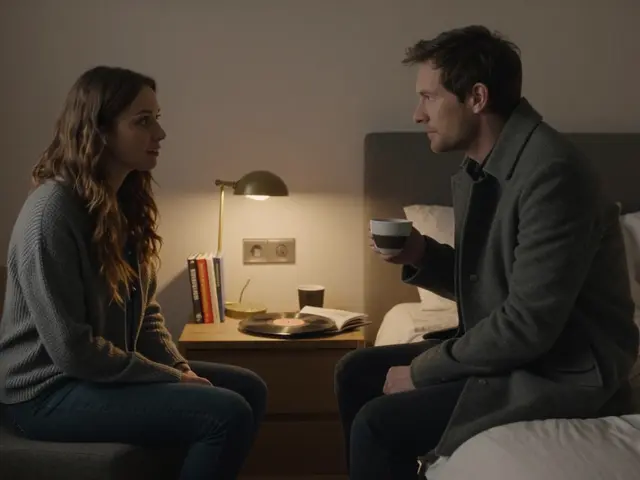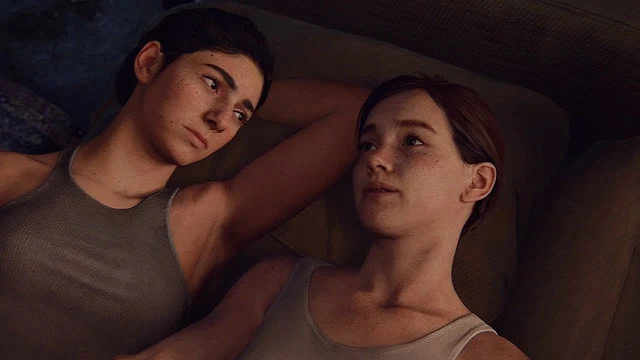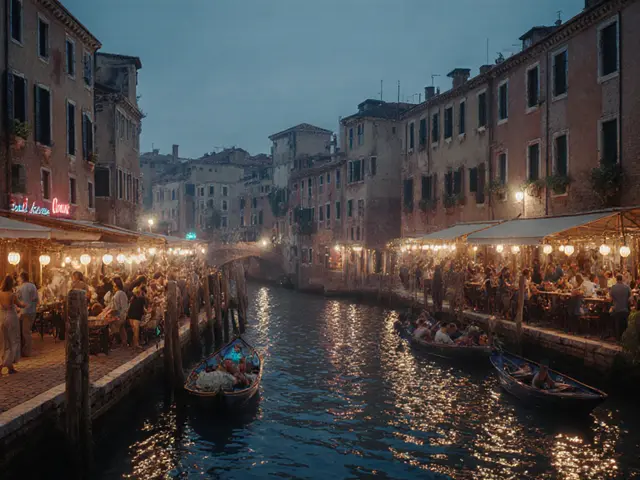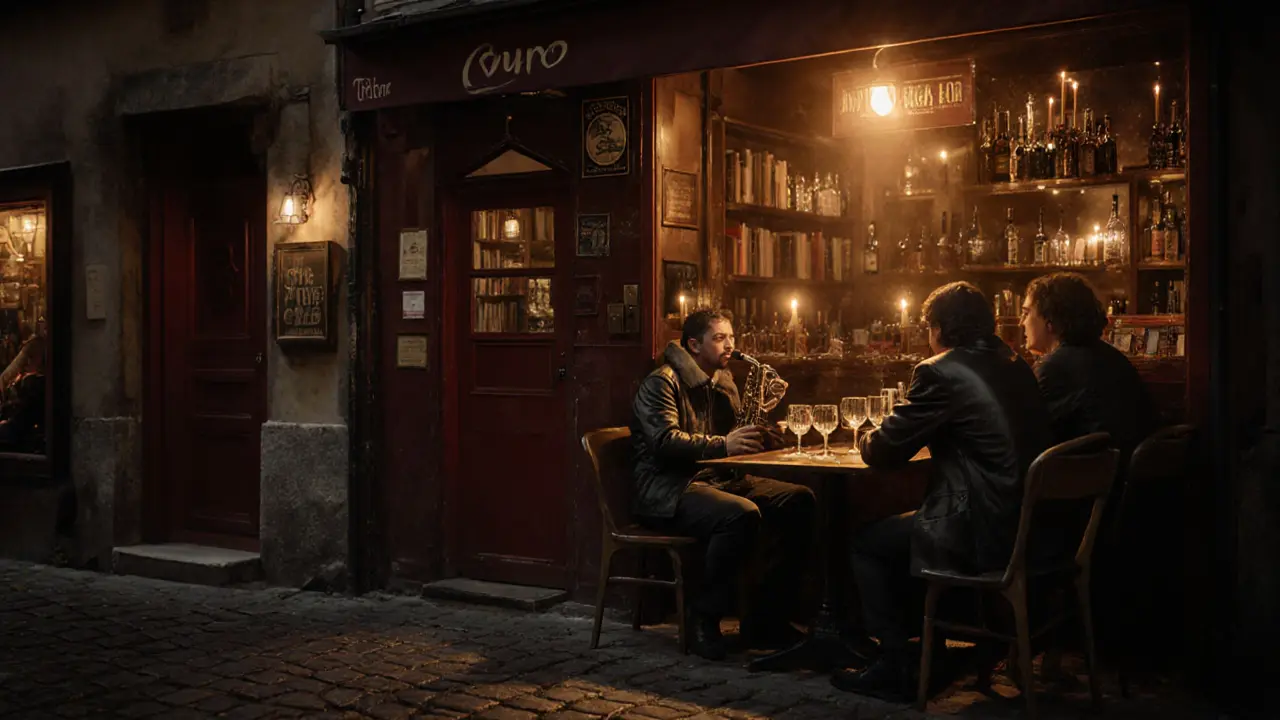
Milan doesn’t sleep. While Rome shuts down by midnight and Florence turns quiet after dinner, Milan’s real night begins at 1 a.m. and doesn’t end until the sun comes up. This isn’t just a city that has nightlife-it’s a city that lives for it. You won’t find tourist traps here. You’ll find hidden courtyards with live jazz, rooftop bars with views of the Duomo, basements where DJs spin underground techno, and lounges where fashion models sip Aperol spritzes like it’s a daily routine.
Brera: Where the Night Starts with a Whisper
Start your night in Brera. It’s not a club. It’s not even really a district-it’s a mood. Narrow cobblestone streets lined with art galleries turn into candlelit wine bars after dark. Bar Basso is the legendary spot where the Negroni Sbagliato was invented. Order one. Sit at the counter. Watch the bartenders move like choreographed dancers-no wasted motion, no flashy garnishes. Just perfect balance. This isn’t a place to get drunk. It’s a place to savor the moment before the real party begins.
Walk a few blocks to La Perla, a tiny jazz bar tucked behind a bookshop. No sign. Just a red door. Inside, it’s dim, warm, and packed with Milanese professionals who’ve traded their suits for leather jackets. The band plays standards, but with a twist-think Miles Davis meets Milanese soul. You’ll hear more Italian than English. No one’s here to take photos. Everyone’s here to listen.
Navigli: Canals, Cocktails, and Crowd Surfing
By 10 p.m., head to Navigli. This is where Milan’s canals come alive. The water reflects neon lights from floating bars, and the sidewalks are packed with people holding Aperol spritzes and craft beer in mason jars. La Zucca is the oldest canal-side bar here, but Bar Basso Navigli (yes, they opened a second location) is where the crowd gets louder and the music shifts from jazz to indie rock.
Don’t miss La Serra, a former greenhouse turned open-air club. It’s not fancy. It’s not expensive. But it’s the only place in Milan where you’ll see a 70-year-old professor dancing next to a 22-year-old streetwear designer. The playlist? Everything from 90s hip-hop to Italian disco. The vibe? Pure, unfiltered Milanese joy. No VIP sections. No bouncers checking your outfit. Just music, laughter, and the sound of water lapping against wooden docks.
Porta Romana: The Underground Scene That Rules the City
If you want to know where Milan’s real music scene lives, go to Porta Romana. This isn’t the Milan of luxury boutiques. This is the Milan of warehouses, converted factories, and basements that don’t show up on Google Maps. Magazzini Generali is the most famous. It’s a massive industrial space with three rooms: one for techno, one for house, and one for live electronic acts. The sound system? Built by a team of audio engineers who used to work for Radiohead. The crowd? Mostly locals under 30. No tourists. No influencers. Just people who came for the music and stayed for the energy.
Down the street, Stazione 14 is a squat-turned-club that opened in 2022 and already has a cult following. Entry is €5. No dress code. No reservation. You just show up. Inside, the walls are covered in graffiti, the floors are sticky with spilled beer, and the DJ spins vinyl only. No digital decks. No presets. Just raw, analog beats that shake your chest. People here don’t dance to show off. They dance because they can’t help it.
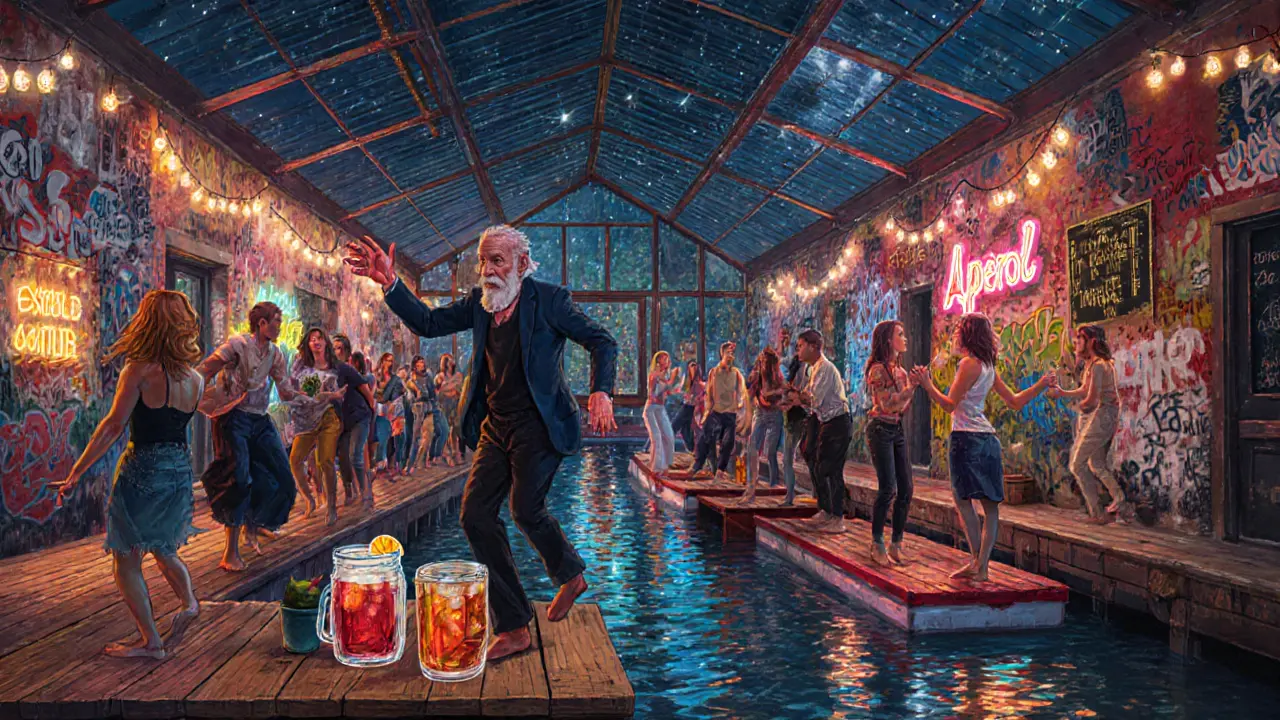
Corso Como: Glamour, But Make It Real
Corso Como is where Milan’s elite unwind after the fashion shows. But don’t let the designer labels fool you. This isn’t a place for poseurs. Corso Como 10 is a multi-level complex that started as a private club and became a cultural hub. The ground floor is a café. The second floor is a gallery. The basement? A club that books international DJs like Amelie Lens and Charlotte de Witte. The vibe is quiet at first-soft lighting, leather couches, low hum of conversation. But by 2 a.m., the bass kicks in, and the room turns electric.
Don’t skip Il Baretto, the hidden bar behind a bookshelf in the same building. You need to know the password. Or better yet, be invited. It’s not exclusive because they want to be snobby. It’s exclusive because it only seats 20 people. The cocktails? Handcrafted with Italian herbs and seasonal fruit. The music? Vinyl-only jazz and soul. It’s the kind of place where you’ll leave with a new friend, not just a drink.
San Siro: The Secret That Only Locals Know
Most visitors never make it here. But if you want to experience the real Milan nightlife, you need to go to San Siro. Not the stadium. The neighborhood. On weekends, a cluster of small bars around Via Solferino turns into a late-night party zone. Bar Pasticceria Bazzini is a 100-year-old pastry shop that stays open until 3 a.m. and serves espresso and cannoli with a side of local gossip. Walk two doors down to La Fattoria, a rustic wine bar where the owner pours natural wines from small vineyards in Lombardy. No labels. No prices on the menu. Just ask what’s good tonight.
By midnight, the crowd shifts to La Cucina del Pescatore, a seafood bar that turns into a dance floor after 1 a.m. The music? Italian pop remixes and old-school Eurodance. The drinks? Spritzes with a splash of limoncello. The vibe? Chaotic, warm, and completely unpretentious. This is where Milanese people go when they want to forget they live in a city of fashion and money. Here, everyone’s just trying to have a good time.

What to Wear, What to Skip
Milan doesn’t have a strict dress code, but it has unspoken rules. You don’t need to wear a suit. But you also don’t need to show up in sweatpants. Think “effortless chic.” Dark jeans, a well-fitted shirt, a leather jacket. No logos. No sneakers unless they’re minimalist and clean. At clubs like Magazzini Generali or Corso Como 10, they’ll let you in in anything-but you’ll feel out of place if you’re overdressed or underdressed.
Skip the tourist clubs. Opium and Baggio are packed with groups of Americans and Brits who think they’re in Ibiza. The music is generic. The drinks are overpriced. The energy? Forced. You’ll pay €25 for a cocktail that tastes like syrup. Save your money. Go where the locals go.
When to Go, How Long to Stay
Milan nightlife runs on its own clock. Bars open at 8 p.m., but no one’s really there until 10. Clubs don’t get busy until 1 a.m. The real party starts at 2 a.m. and peaks at 4 a.m. Most places close at 5 or 6. Some stay open until sunrise.
Plan for a long night. Don’t try to hit five clubs in three hours. Pick one bar, one venue, and one underground spot. Let the night unfold. Drink slowly. Talk to people. Milan isn’t about checking boxes. It’s about feeling the rhythm of the city after dark.
Final Tip: Don’t Rush
The best nights in Milan aren’t the ones with the loudest music or the biggest crowds. They’re the ones where you end up in a tiny alleyway bar at 4 a.m., talking to a stranger who just moved here from Naples, and you realize you’ve been there for three hours without checking your phone. That’s Milan. That’s the nightlife. That’s the magic.
What time do Milan clubs usually open?
Most clubs in Milan don’t really get going until 1 a.m. Bars open around 8 or 9 p.m., but the real party starts after midnight. If you show up at 10 p.m., you’ll likely be one of the first people there. Don’t expect a packed dance floor until 2 a.m.
Is Milan nightlife expensive?
It depends. Tourist spots like Opium or Baggio charge €20-30 for a cocktail. But local spots like La Serra or Stazione 14 charge €5-10 for drinks and €5 entry. A good spritz in Navigli costs €8. If you stick to neighborhood bars and underground venues, you can have an amazing night without spending more than €30.
Do I need to make reservations?
For most places, no. Except for Corso Como 10 and Il Baretto, where you might need a connection or password. For the rest-Brera, Navigli, Porta Romana-you just show up. No need to book ahead. Just be ready to wait in line after 2 a.m.
Are there any age restrictions?
Yes. Most clubs require you to be 18 or older. Some, especially in Porta Romana, are 21+. Always carry ID. Even if you look older, bouncers will ask. No exceptions.
What’s the best night to go out in Milan?
Friday and Saturday are the busiest, but Wednesday and Thursday nights are often the best. Less crowded, better music, and more room to move. Some of the best DJs play midweek to test new sets. If you want a real local experience, skip the weekend.
Can I get a taxi after midnight?
Yes, but don’t rely on ride apps like Uber-they’re unreliable after 2 a.m. Use the official taxi service (Radio Taxi Milano) or walk. Many bars are close together, especially in Navigli and Brera. If you’re going farther, ask the bartender to call a taxi for you. They know the safe ones.


